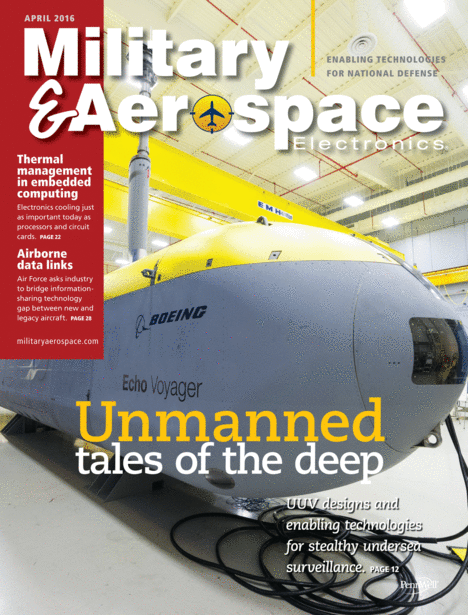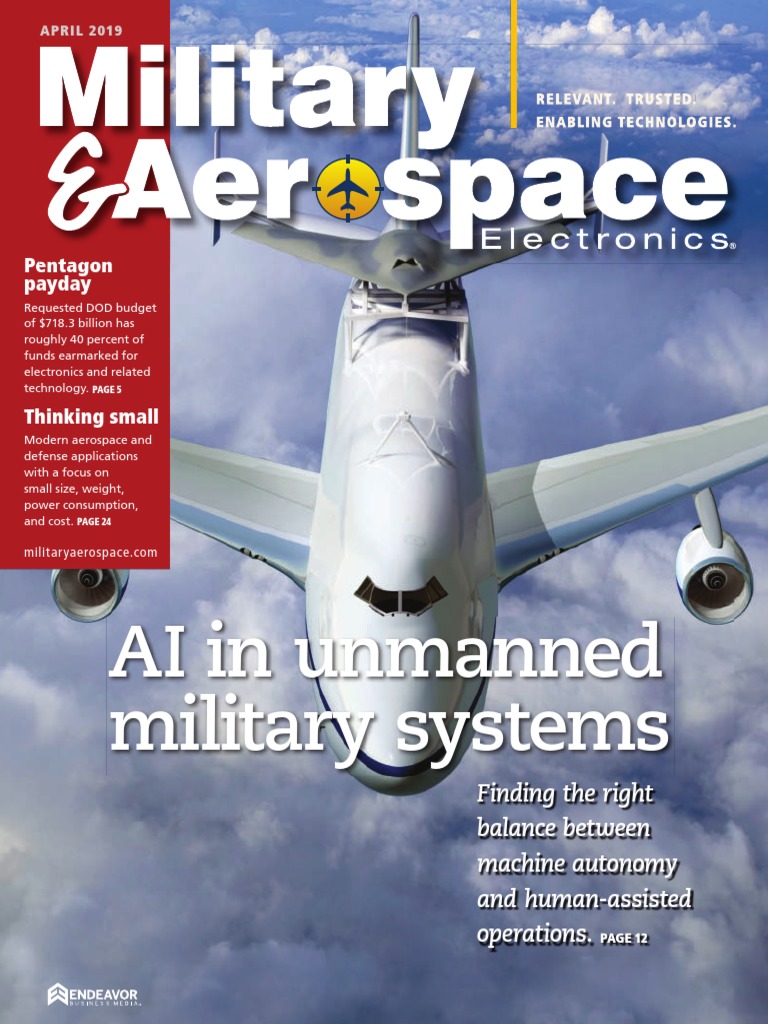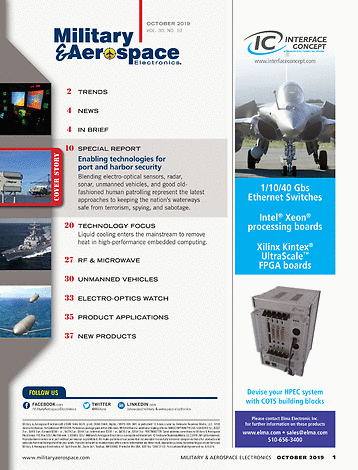Military Aerospace Electronics Trends

Introduction to Military Aerospace Electronics

The field of military aerospace electronics is rapidly evolving, driven by advances in technology and the need for enhanced capabilities on the battlefield. Electronic warfare, avionics, and communication systems are just a few areas where significant developments are being made. As the world becomes increasingly interconnected, the importance of secure, reliable, and high-performance electronics in military aerospace applications has never been more critical.
Key Trends in Military Aerospace Electronics

Several trends are currently shaping the landscape of military aerospace electronics. These include: * Increased use of artificial intelligence (AI) and machine learning (ML): AI and ML are being integrated into various systems to enhance decision-making, automate tasks, and improve the efficiency of operations. * Advancements in cybersecurity: As military systems become more dependent on networked technologies, the need for robust cybersecurity measures to protect against cyber threats has become paramount. * Development of hypersonic systems: The pursuit of hypersonic flight capabilities is driving innovation in materials science, propulsion systems, and electronic controls. * Electrification of aircraft: The trend towards more electric aircraft is leading to the development of advanced electrical systems and components, reducing weight and increasing efficiency.
Electronic Warfare and Countermeasures

Electronic warfare (EW) involves the use of electromagnetic spectrum to disrupt or neutralize the enemy’s ability to use the same spectrum. This includes electronic countermeasures (ECMs) and electronic counter-countermeasures (ECCMs). The development of advanced EW capabilities is a critical area of focus for military forces worldwide, as it directly impacts their ability to maintain operational superiority in contested environments.
Avionics and Communication Systems

Avionics systems, including navigation, communication, and flight control systems, are undergoing significant transformations. The integration of satellite communications into these systems is enhancing global connectivity and enabling real-time data transmission. Furthermore, the development of software-defined radios and advanced antenna systems is improving the flexibility and performance of communication networks.
| Technology | Description | Benefits |
|---|---|---|
| Artificial Intelligence (AI) | Integration of AI into military systems for enhanced decision-making | Improved efficiency, enhanced situational awareness |
| Cybersecurity Measures | Implementation of robust cybersecurity to protect against threats | Secure data and systems, protection against cyber attacks |
| Hypersonic Systems | Development of vehicles capable of hypersonic flight | Enhanced strike capability, rapid response |

🚀 Note: The development and integration of these technologies require significant investment in research and development, as well as careful consideration of the ethical and strategic implications of their use.
Future Outlook and Challenges

The future of military aerospace electronics holds much promise, with ongoing research and development aimed at pushing the boundaries of what is possible. However, budget constraints, regulatory hurdles, and the pace of technological change pose significant challenges. Balancing these factors while ensuring the development of capable and secure systems will be crucial for maintaining military advantage in the coming years.
As the landscape of military aerospace electronics continues to evolve, it is clear that the successful integration of emerging technologies will be key to unlocking future capabilities. Collaboration between industry, academia, and government will be essential for addressing the complex challenges and opportunities presented by these trends.
What is the significance of electronic warfare in modern military operations?

+
Electronic warfare is crucial for disrupting or neutralizing enemy electronic systems, thereby gaining a strategic advantage in contested environments.
How is artificial intelligence being used in military aerospace electronics?

+
Artificial intelligence is being integrated into various military systems to enhance decision-making, automate tasks, and improve operational efficiency.
What are the potential benefits of hypersonic systems for military operations?

+
Hypersonic systems offer the potential for rapid response and enhanced strike capability, significantly impacting the nature of future military operations.
In summary, the trends shaping military aerospace electronics are driven by the need for enhanced capabilities, security, and performance. As these technologies continue to evolve, their successful integration will be critical for maintaining military advantage and ensuring operational superiority in the future. The path forward will require careful consideration of the challenges and opportunities presented by these developments, as well as a commitment to ongoing research and development. Ultimately, the future of military aerospace electronics will be characterized by innovation, collaboration, and a relentless pursuit of technological superiority.



